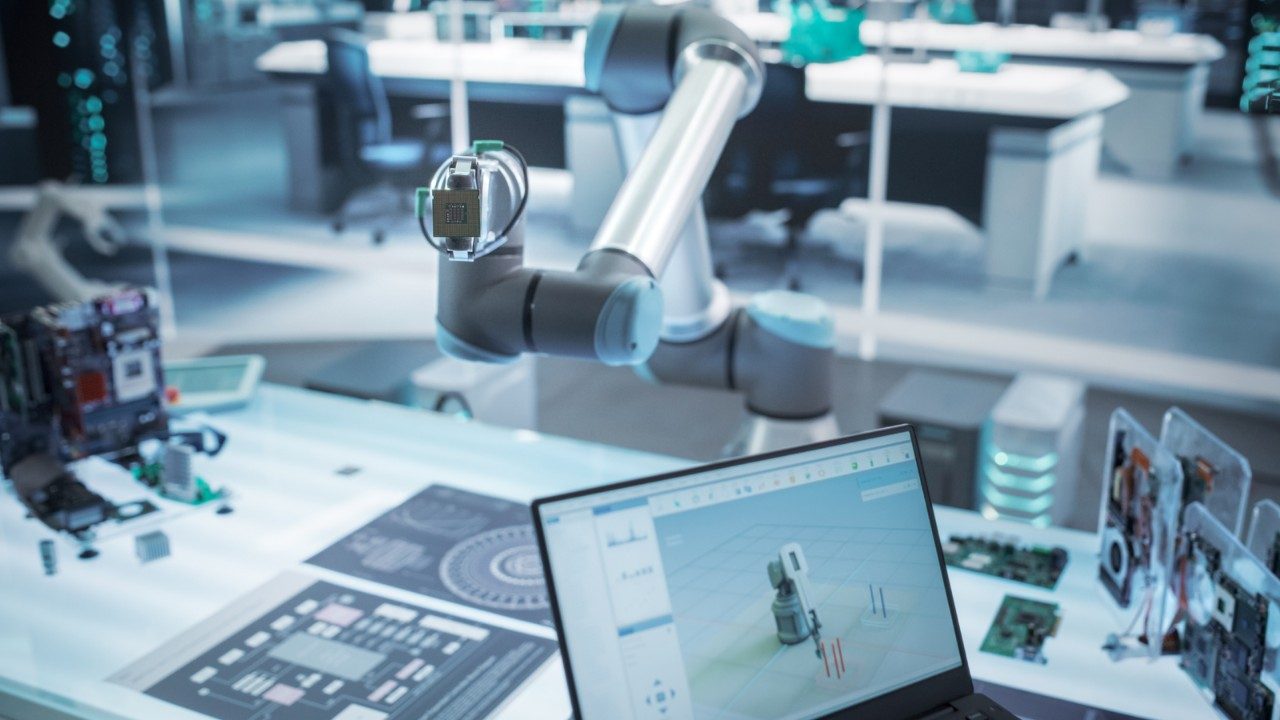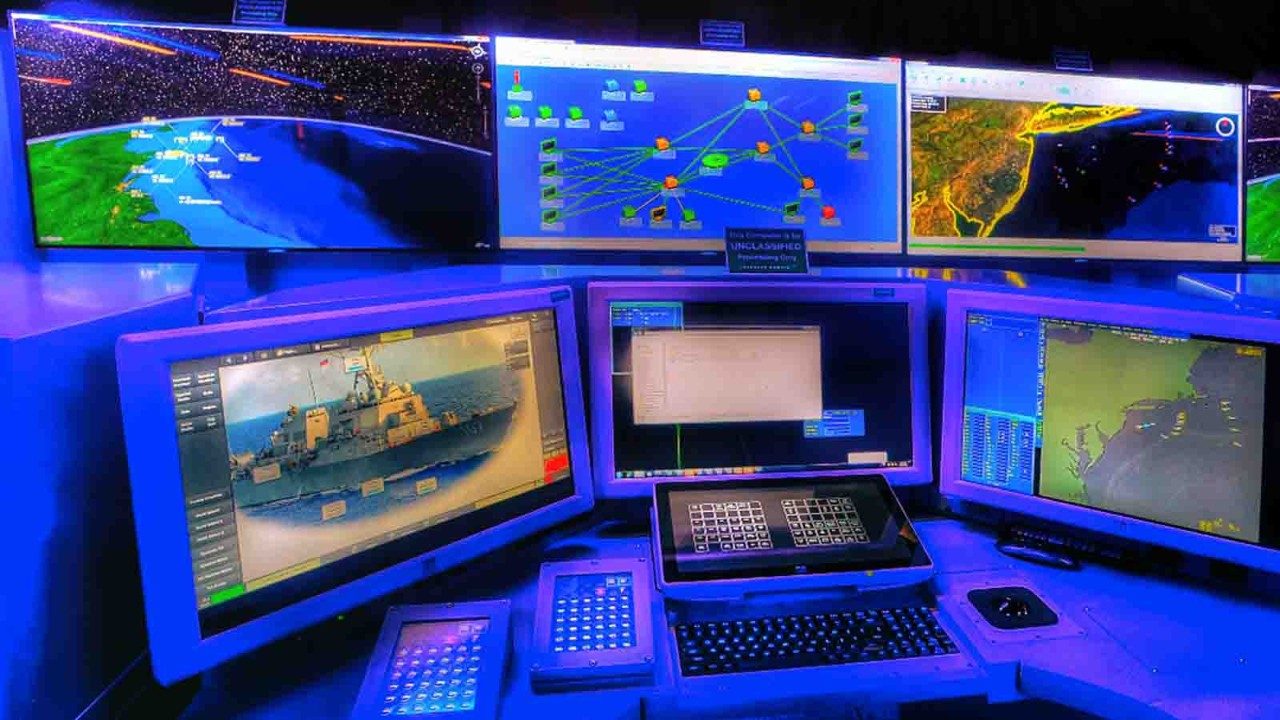Small Business Innovation Research (SBIR) &
Small Business Technology Transfer (STTR) Programs
Lockheed Martin is an active supporter of the Small Business Innovation Research (SBIR) and Small Business Technology Transfer (STTR) programs. These are federal programs designed to fund small businesses to conduct research and develop emerging technology. Whether working as a subcontractor or a technology mentor, Lockheed Martin provides small businesses with various assistance during different phases of their SBIR/STTR projects; including supporting technology requirements, evaluation, co-development, and insertion into larger systems.
How to Partner with Lockheed Martin
- Get started by self-registering your company. Tell us about your strengths & capabilities. We will add your company to our SBIR distribution list to receive information on latest solicitation topics of interest. The purpose of this listing is to help connect small business companies with the appropriate Lockheed Martin technical point of contact to explore opportunities for partnership and innovation.
- It is important to first have a general understanding of the SBIR/STTR programs, how they work, solicitation periods and if your firm qualifies. See the directory of participating agencies and other resources, listed below.
- If your firm qualifies for the Federal program, has a SBIR/STTR technology project or concept that is compatible with Lockheed Martin technologies and is interested in partnering with Lockheed Martin on the project, let us know by completing the Lockheed Martin SBIR/STTR chart and send it here. Do not send proprietary, export controlled, confidential or classified information.
- Upon sending your request, please allow two weeks to receive a response. Within this timeframe, Lockheed Martin is vetting your correspondence through the appropriate SBIR/STTR leads across the corporation and identifying interest.
- For firms that may be interested in other technical, non-SBIR ways to partner with Lockheed Martin, please view Avenues for High Tech Firms.
Locations
Missiles and Fire Control Santa Barbara
Missiles and Fire Control Dallas
Missiles and Fire Control Littleton
Missiles and Fire Control Orlando
Lockheed Martin Laboratories

Advanced Technology Center (ATC)
Lockheed Martin Space performs the mission of creating new capabilities for our nation and customers, as well as discriminators for Lockheed Martin, through scientific discovery and technology innovation, primarily on the technology focus areas of Space Science & Instrumentation; Optical Sciences & Laser Technology; Artificial Intelligence, Data Analytics & Exploitation; Space Security & Communications; and Hypersonics & Advanced Materials. In order to ensure successful transition of these technology capabilities, we coordinate and collaborate with the Lines of Business across Lockheed Martin Space (Commercial and Civil Space, Special Programs, Mission Solutions, Military Space, and Strategic and Missile Defense Systems) in addition to the Lockheed Martin Space Centers of Excellence (Optical Payload COE, RF and Radar COE, and the Bus COE).

Prototyping and Rapid Product Development Center
Lockheed Martin’s Prototyping and Rapid Product Development Center located Baltimore, Maryland, features an extensive network of electrical, mechanical and composites prototyping labs for materials and systems engineering and integration, testing and complex program management. The lab assists projects of any size at every step – from green engineering through prototyping to manufacturing.

Surface Navy Innovation Center (SNIC)
The Surface Navy Innovation Center (SNIC) is a research, development and demonstration lab located in Moorestown, New Jersey, dedicated to innovating affordable warfighting capability improvements across the maritime domain. The SNIC maintains expertise in combat system tactical software development, ship integration and test, agile development, 3D modeling, augmented reality and virtual reality applications that provide value to our U.S. and International naval partners.

Advanced Technology Laboratories (ATL)
Lockheed Martin Advanced Technology Laboratories (ATL) is the Corporation’s advanced-computing, applied research and development facility. The lab coalesces and transitions innovation and domain expertise into operational applications for Lockheed Martin and the defense and government sectors.
SBIR and STTR are Three-Phased Programs


Awards results to develop and evaluate commercial potential.

Awards provide for product commercialization.
SBIR/STTR Participating Agencies
The following federal departments and agencies set aside a portion of their R/R&D funds for SBIR awards to small business. Six federal agencies reserve a portion of their funds to be awarded via the STTR program (*):
- Department of Agriculture
- Department of Commerce
- Department of Defense*
- Department of Education
- Department of Energy*
- Department of Health and Human Services*
- Department of Homeland Security*
- Department of Transportation
- Environmental Protection Agency
- National Aeronautics and Space Administration*
- National Science Foundation*
Helpful Links
- Air Force SBIR/STTR
- Army SBIR/STTR
- DARPA SBIR/STTR Support Center
- Department of Energy SBIR
- Department of Transportation SBIR
- DOC-NIST SBIR
- DOD SBIR
- DOD SBIR Tutorial Video
- Environmental Protection Agency (EPA) SBIR
- Missile Defense Agency (MDA) SBIR
- NASA SBIR
- National Science Foundation (NSF) SBIR
- Navy SBIR/STTR
- PHS/NIH SBIR
- SBIR/STTR Gateway
- USDA SBIR
- U.S. Government SBIR Website



